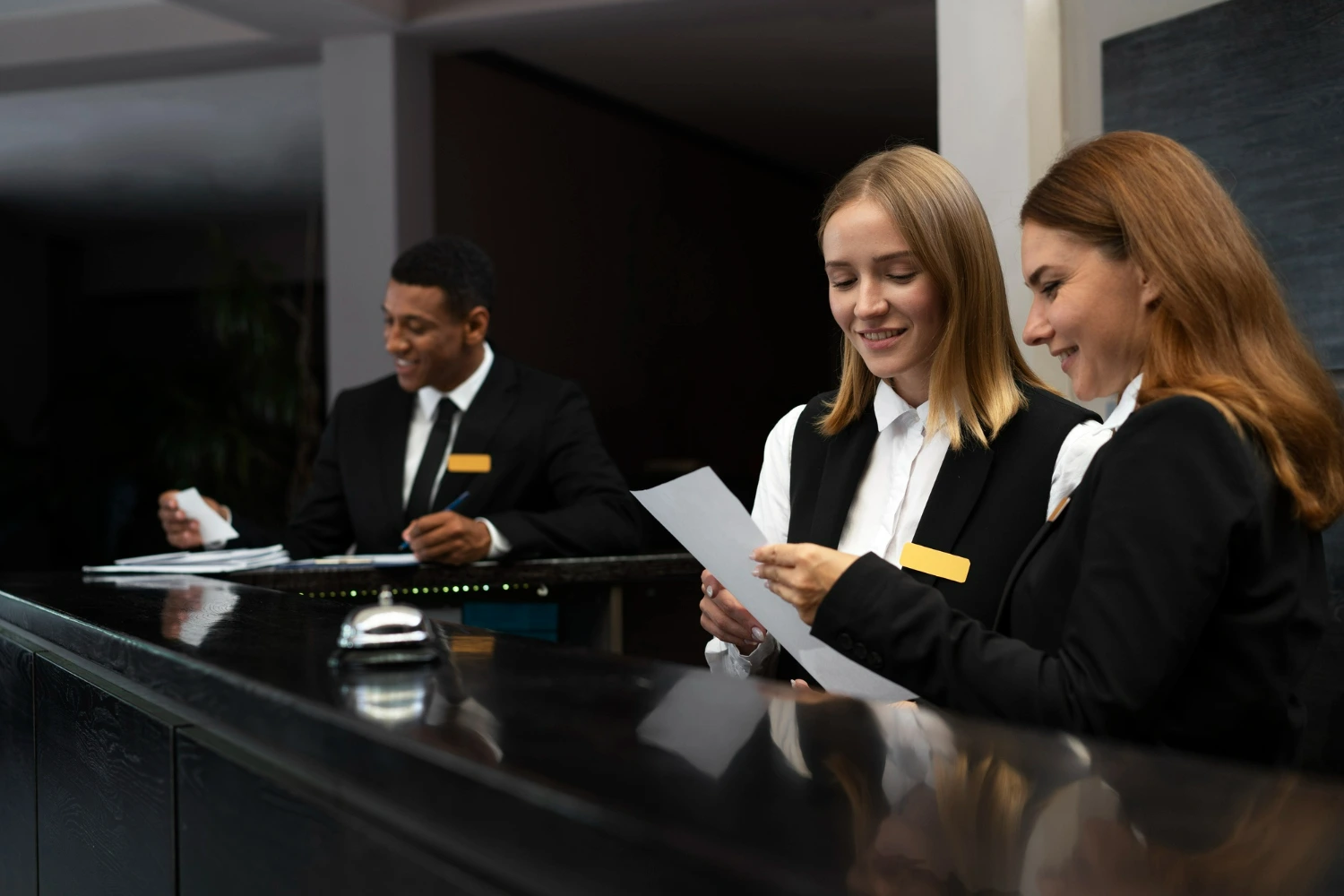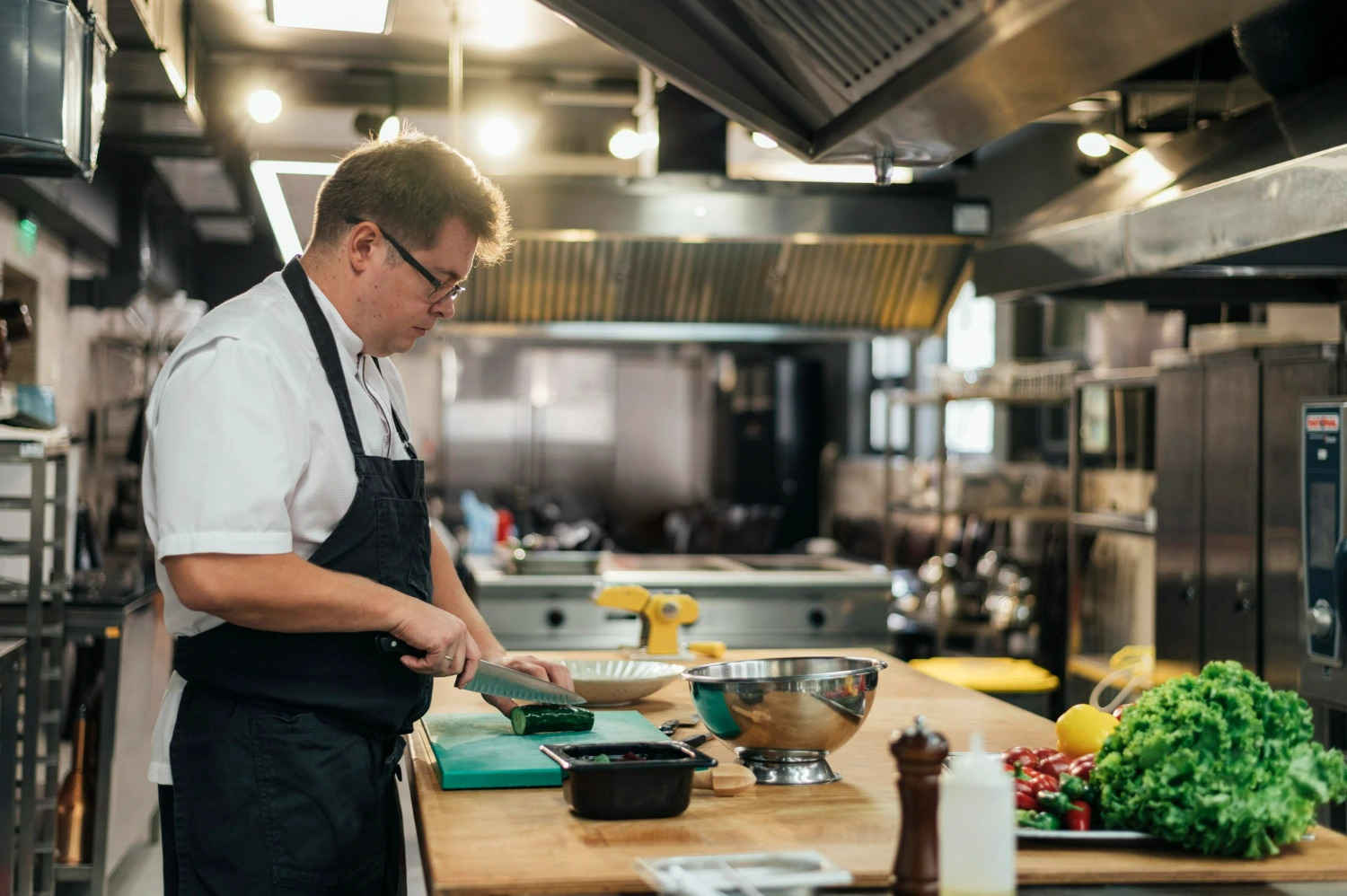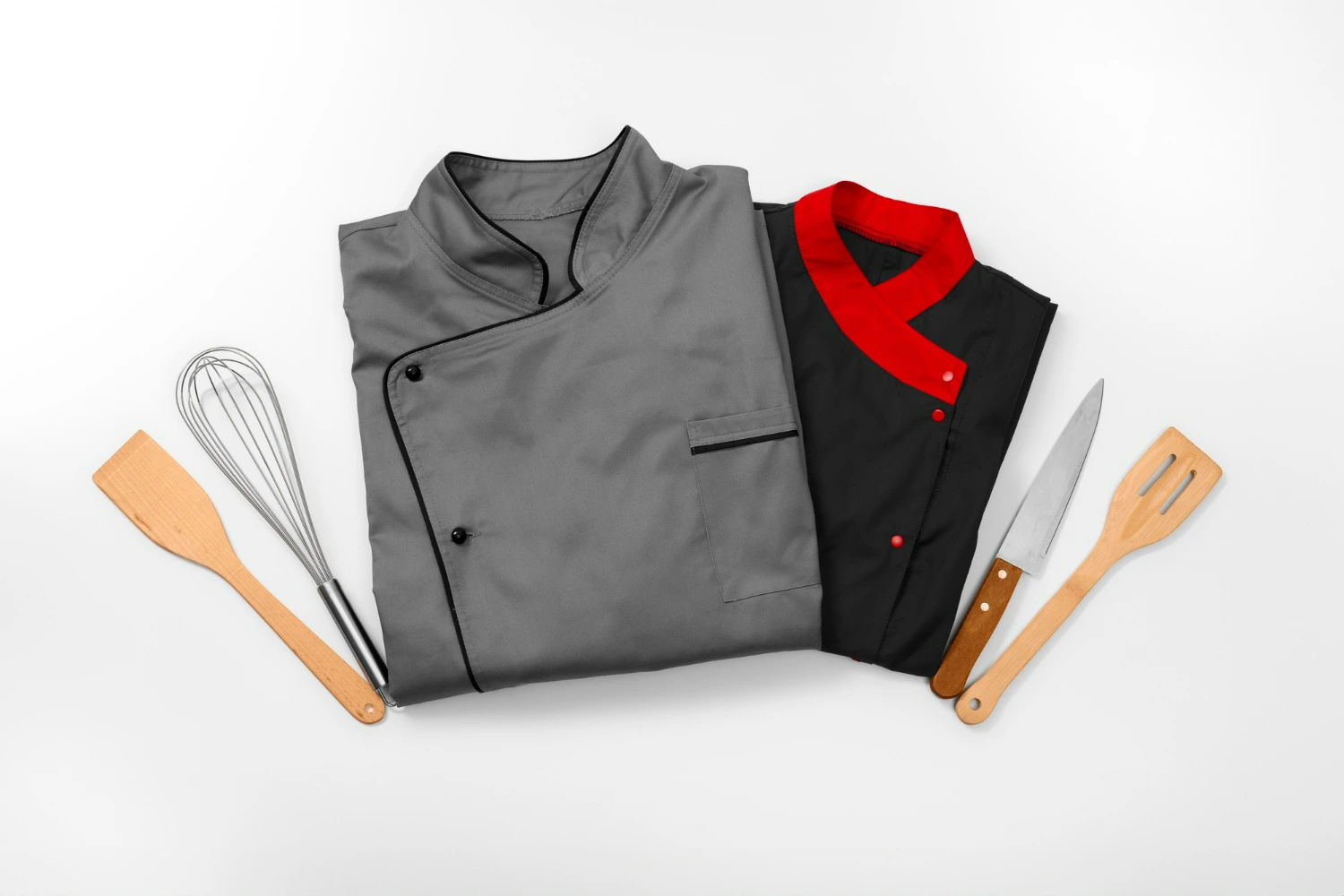First impressions mean everything in the restaurant and hospitality business. As an instrument of first impressions, the attire of the staff may influence the customers’ faithfulness, loyalty, and experience. Uniforms are functional and signify values, professionalism, and identity to branding. Knowing how attire affects the perceptions of staff and customers, the business makes better choices to improve the views of customers and efficiency.
This article examines why employee outfits are essential, how they affect what customers think, what this means for business, what different industries need to think about, and tips for choosing the right clothes for staff.
Why Dress Matters in Staff

First impressions matter greatly, especially in the busy restaurant and hospitality world, where people quickly decide what the service will be like. What staff wear has a significant impact on these quick judgments, from front-of-house uniforms to the various types of clothing chefs like to wear.
Psychology Today did a study that found people determine if someone is good at their job and trustworthy within 7 seconds of meeting them. For restaurants and hotels, how the staff looks is part of what customers use to make these fast decisions.
Uniforms that fit well, look clean and have a professional appearance show care for details and create a sense of order. They also help build a strong brand identity. Take a fancy restaurant, for example – when the staff wears formal clothes, it gives an elegant feel.
Equally, a relaxed eatery where workers sport branded shirts creates a chill atmosphere. Both these ways work great as long as they match the brand’s image and what their target customers expect.
The Psychology of Customer Perception
Clothing is a reflection of how you want to be perceived. That notion has been taken to a new level in restaurants and hotels. The customers subconsciously think specific clothing is associated with ability, cleanliness, and reliability.
Additionally, the colours of uniforms have a psychological effect. For instance,
Black: Suggests sophistication and control
White: Suggests cleanliness and professionalism
Bright colours: Suggests vitality and friendliness
Adding to the element of colour, the design has vital meanings, too. For instance, formal wear like blazers and ties have conventionally been used to imply the delivery of quality services. On the other hand, informal ones imply a casual and friendly approach.
Most importantly, neat and coordinated uniforms create a sense of unity. Employees who feel part of a team will be more confident. This confidence affects how employees deal with customers as it ensures that they are satisfied.
Business implications of Employee’s attire
What employees wear has a direct impact on a company’s profits. Here’s how:
Customer’s Confidence and Loyalty
Uniforms convey professionalism and reliability, making customers feel more confident in their dining choice. A well-dressed staff reassures guests about service quality, which often reflects in online reviews. As the Statista report indicates, over 72% of respondents consider staff professionalism among the most essential elements in choosing a restaurant.
Many diners check reviews before booking, so maintaining a polished team can lead to better ratings and repeat business. Restaurants that monitor and respond to customer feedback can refine their service and presentation, strengthening their reputation.
Ease of Operations
Functional attire enhances the experience of the employees. For example, kitchen staff wearing robust, heat-resistant clothes can work safely and effectively. Likewise, restaurant service staff wear comfortable footwear where customer service processes will go smoothly, and there will be no complaints from the serving staff and cashier fraternity.
Differential Advantage
Uniforms provide distinction to the businesses and set them apart from the others. Fast food outlets are easily identifiable when tailor-made to perfection with their logo and brand colour. As a matter of fact, through repeated exposure, customers learn to identify quality and reliability.
Industry-Specific Uniform Considerations

Different restaurant and hospitality industry sectors have unique needs and expectations regarding staff attire. Here’s how attire varies by niche:
Restaurants
Depending on the employee, the uniform needs for a restaurant have many different forms.
Kitchen Staff: Safety and functionality are paramount. Chef aprons are heat resistant, and combined with shoes that will not slip, they will keep them safe.
Servers: Stain-resistant materials and easy-to-clean fabrics keep them professional throughout long shifts.
Uniforms help with branding restaurants. Most restaurants have aprons or shirts that feature the business’ logo to push their brand identity subliminally across.
Hotels
The design of the hotel livery speaks generally to how posh the hotel is. The receptionists welcome professionalism in nice suits. The housekeeper wears light elastic clothes that do not constrain their movements. Keeps it functional while maintaining the sameness of a cohesive brand image
Bars and Nightclubs
Nightclub and bar uniforms help to enhance the atmosphere. Example
Theme places: In the bar, personnel must wear floral Hawaiian shirts that match the tropical atmosphere.
Classy bars: Sleek, single-coloured outfitting reflects the region as posh
This working gear contributes to the premise’s ambiance and attracts clients.
Outdoor Events and Food Service
The food service in outdoor events must be adjusted according to weather conditions. It should be agile to the weather yet presentable. The staff who serve outdoor events have water resistance, ventilation, and adjustability on their clothing.
Best Practices for Choosing Staff Attire

Choosing the best apparel for your employees is a tightrope balancing good taste and functionality with sticking to the brand identity. Here are some best practices that may be followed:
Prioritise Comfort and Fit
Comfortable clothes mean your people can perform. Uniforms must be of excellent fit and made of breathable, durable material. Ill-fitted uniforms or discomfort may factor in dissatisfied employees, which may also affect the customers.
Reflect Brand Identity
Uniforms should paint a picture of the establishment. For instance, a fine dining restaurant will have fitted jackets, while a beach cafe might have loose shirts and short pants.
Incorporate Practical Features
Uniforms should be designed with practicality in mind. Features like stain-resistant fabrics, adjustable sizing, and ample pockets can significantly impact daily operations. For example, chefs and waitstaff often benefit from aprons with pockets to hold tools or notepads.
Encourage Employee Input
Employees’ input on what they should wear brings about practicality. Workers can only know what will suit their particular activities. It avoids dissatisfaction and bolsters morale by letting them into decision-making.
Regularly Update Uniforms
Uniforms should be clean and well cared for. Its periodic inspection will ensure that your workers look their best at any moment. Renewal of the design after some time keeps the brand ahead of time and fresh.
Conclusion
Staff attire is more than just clothes; it is a strategic tool. The staff attire builds customer perceptions, creates team unity, and enhances business performance. Such psychology of attire can be applied to hospitality enterprises to make sartorial selections based on what that particular industry will call for. Best practices will ensure a positive outcome for customers and employees alike.

Unlock the tips that will help you stand out from the crowd and get more bookings!

Learn how to save time, reduce stress and fill your restaurant while you sleep!

Stephanie Paris
Gen-Z marketing coordinator bringing fresh energy to web and graphic design, with a weekend habit of chasing adventure.

Stephanie Paris
Gen-Z marketing coordinator bringing fresh energy to web and graphic design, with a weekend habit of chasing adventure.









